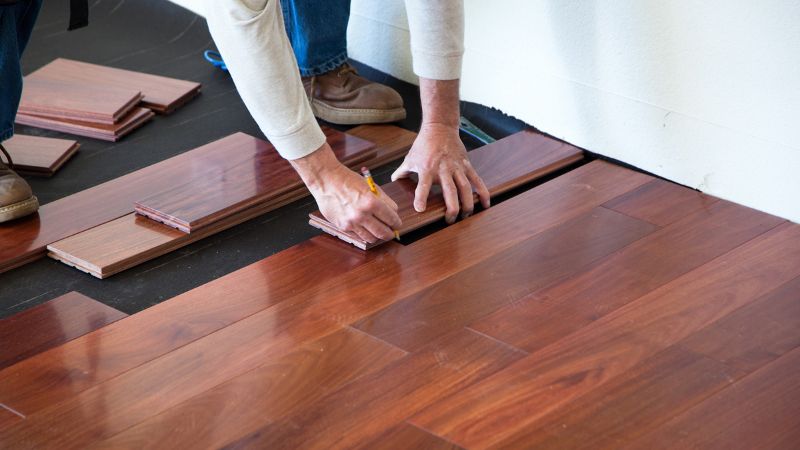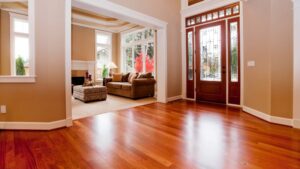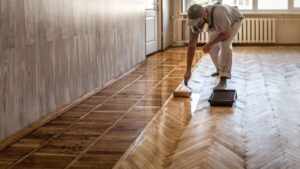Hardwood flooring is a timeless choice for many homeowners, prized for its natural beauty, durability, and long-lasting appeal. However, it’s also subject to a myriad of myths and misconceptions that may deter potential buyers or lead to misunderstandings about its suitability for different environments. In this discussion, we’ll explore some of the most common myths surrounding hardwood flooring and compare them with the facts to provide a clear understanding of its benefits and characteristics.
Despite its popularity, hardwood flooring often faces criticism for being easily damaged, unsuitable for certain climates, difficult to maintain, environmentally unfriendly, and prohibitively expensive. By examining these myths through a critical lens and presenting factual information, we aim to debunk misconceptions and empower consumers to make informed decisions about whether hardwood flooring is the right choice for their homes. Let’s delve into the truths behind hardwood flooring and separate fact from fiction.
Hardwood flooring: myths vs. facts
Myth 1: Hardwood floors are expensive.

Hardwood floors are often perceived as costly, but their upfront investment can actually save money in the long term. While initial installation costs may be higher compared to other flooring types, such as carpet or laminate, hardwood floors have a longer lifespan. With proper maintenance, they can last for decades, reducing the need for frequent replacement and saving on long-term expenses. Additionally, hardwood floors can increase the value of a home, providing a return on investment when it comes time to sell.
Also, Read – Benefits of Hardwood Flooring In Kitchens
Myth 2: Hardwood floors are difficult to maintain.
Contrary to popular belief, maintaining hardwood floors is relatively simple. Regular sweeping or vacuuming removes dirt and debris, while occasional mopping with a damp cloth keeps the surface clean. Unlike carpet, hardwood floors don’t trap allergens like dust and pet dander, making them a healthier option for those with allergies. In the event of scratches or wear, hardwood floors can be refinished to restore their original appearance, further extending their lifespan.
Myth 3: Hardwood floors are not suitable for high-traffic areas.
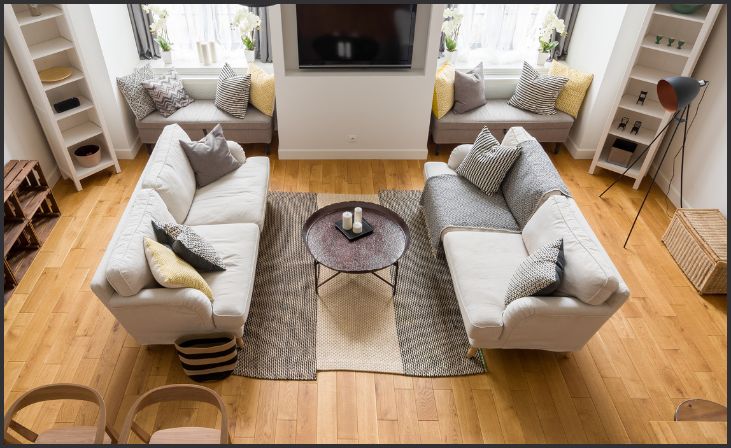
While some may worry that hardwood floors can’t withstand heavy foot traffic, they are actually quite durable when properly cared for. Hardwood floors are resilient and can handle the wear and tear of daily use, especially if they are finished with a protective sealant. In fact, hardwood floors often develop a beautiful patina over time, adding character to high-traffic areas like entryways and living rooms.
Myth 4: Hardwood floors are not environmentally friendly.
While it’s true that unsustainable logging practices can harm the environment, many hardwood flooring options are now sourced from responsibly managed forests. Look for hardwood floors certified by organizations like the Forest Stewardship Council (FSC), which ensure that the wood comes from sustainable sources. Additionally, hardwood floors are a renewable resource, as trees can be replanted to replace those that are harvested, making them a more environmentally friendly choice compared to non-renewable flooring materials.
Myth 5: Hardwood floors are not suitable for moisture-prone areas like bathrooms and kitchens.
While moisture can damage hardwood floors if left unchecked, modern sealing and finishing techniques have made them more resistant to water than ever before. In areas prone to moisture, such as bathrooms and kitchens, it’s important to promptly wipe up spills and to use rugs or mats to protect the floor. Engineered hardwood flooring, which is made from layers of wood with a hardwood veneer, can be an even more moisture-resistant option for these areas.
Myth 6: Hardwood floors are all the same.
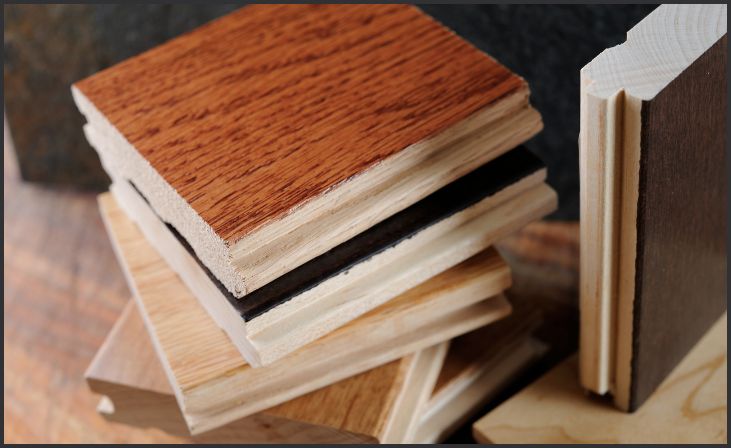
Far from being a one-size-fits-all flooring option, hardwood floors come in a wide variety of species, grades, colors, and finishes. Oak, maple, cherry, and walnut are just a few of the many hardwood species available, each with its own unique grain pattern and color. Hardwood floors can also be customized with different finishes, from glossy to matte, to suit the homeowner’s preferences. Whether you prefer the classic look of oak or the exotic appeal of bamboo, there’s a hardwood floor to match every style and budget.
Conclusion
In conclusion, hardwood flooring stands as a resilient and environmentally friendly option that defies many common misconceptions. By debunking myths surrounding its durability, suitability for different climates, maintenance requirements, environmental impact, and cost, we’ve highlighted its enduring value and versatility.
As homeowners seek flooring solutions that offer both aesthetic appeal and practicality, hardwood flooring emerges as a timeless and sustainable choice. Embracing the facts about hardwood flooring allows individuals to make informed decisions that enhance the beauty and longevity of their homes, ensuring satisfaction for years to come.
FAQs
Are hardwood floors easily damaged?
Myth: Yes, hardwood floors scratch and dent easily.
Fact: While hardwood floors can sustain scratches and dents over time, they’re actually quite durable and can withstand heavy foot traffic and furniture when properly maintained.
Can hardwood floors be installed in humid climates?
Myth: Hardwood floors warp in humid environments.
Fact: With proper acclimation and installation techniques, hardwood floors can adapt to varying humidity levels and remain stable, making them suitable for humid climates.

